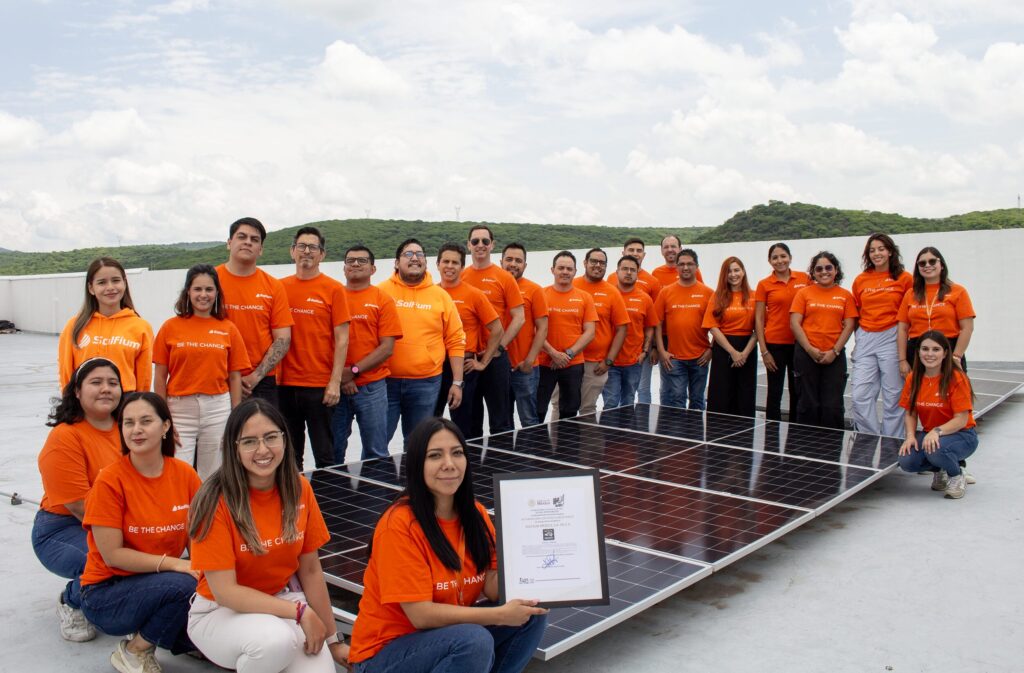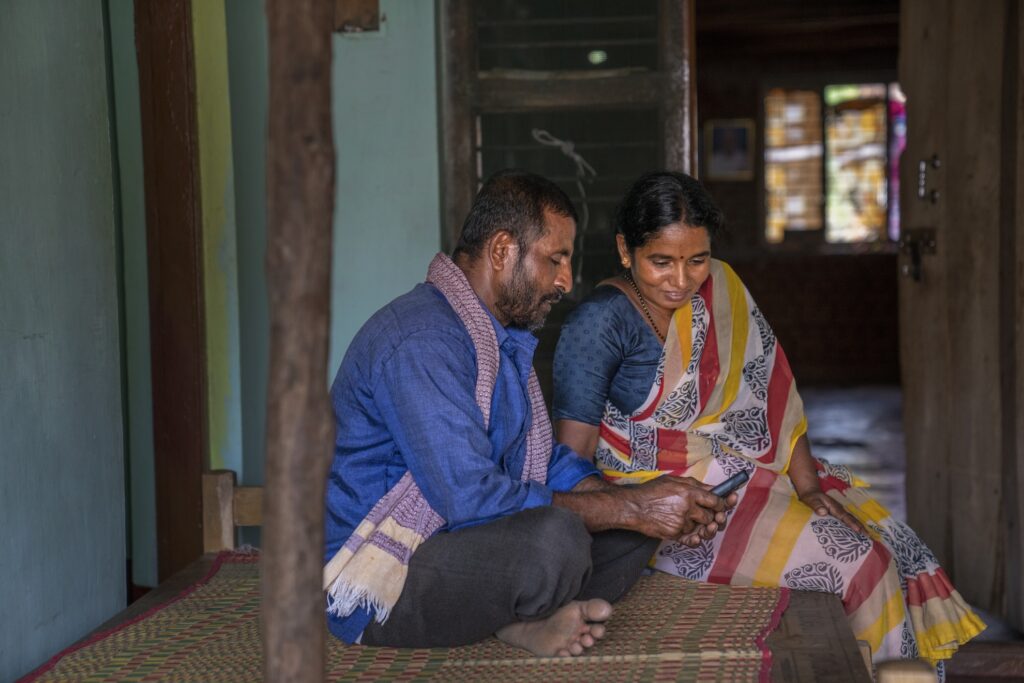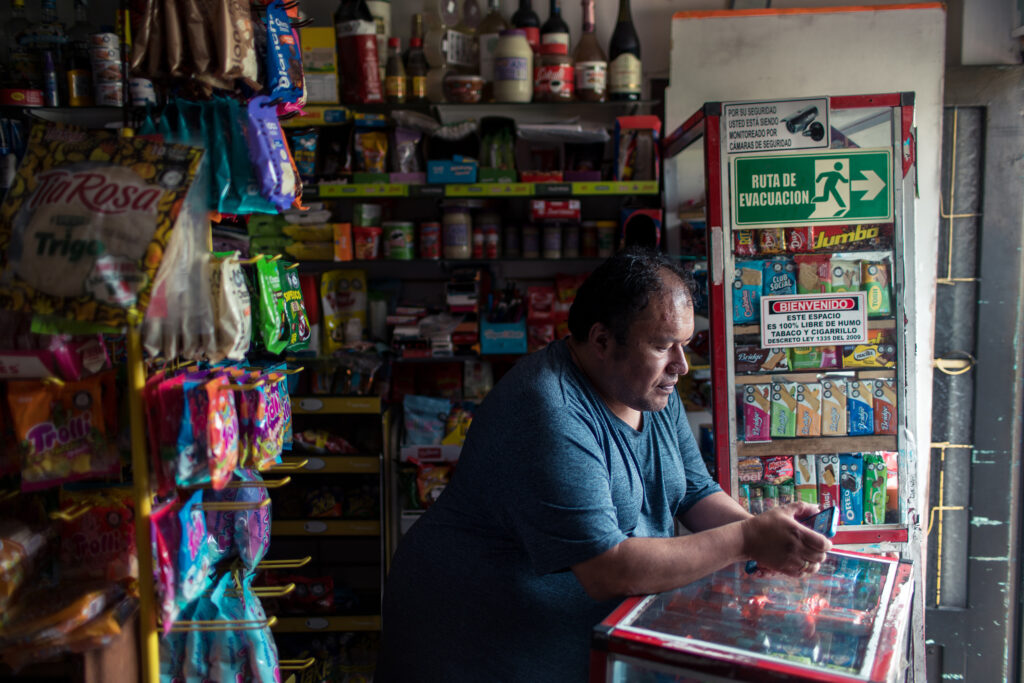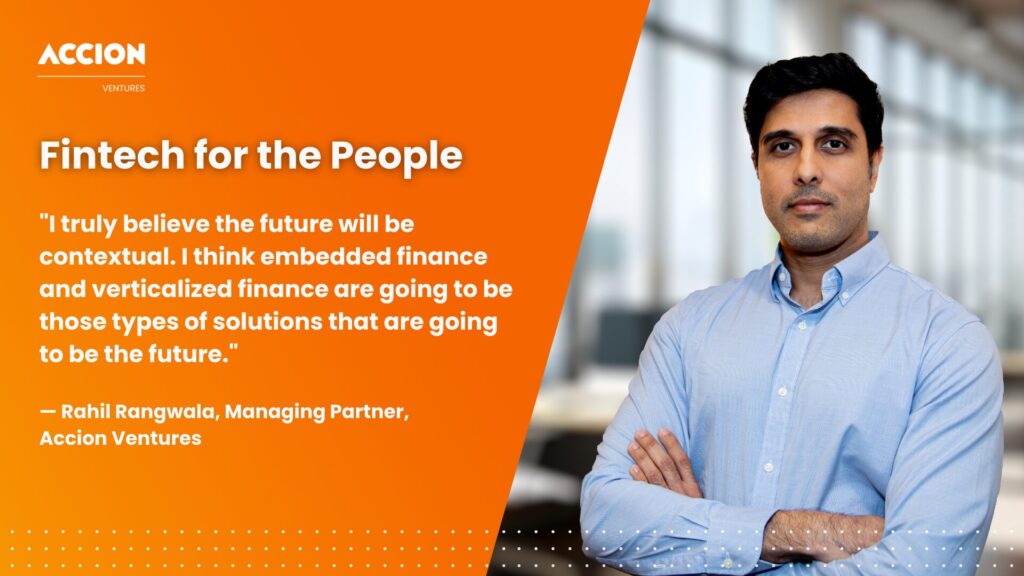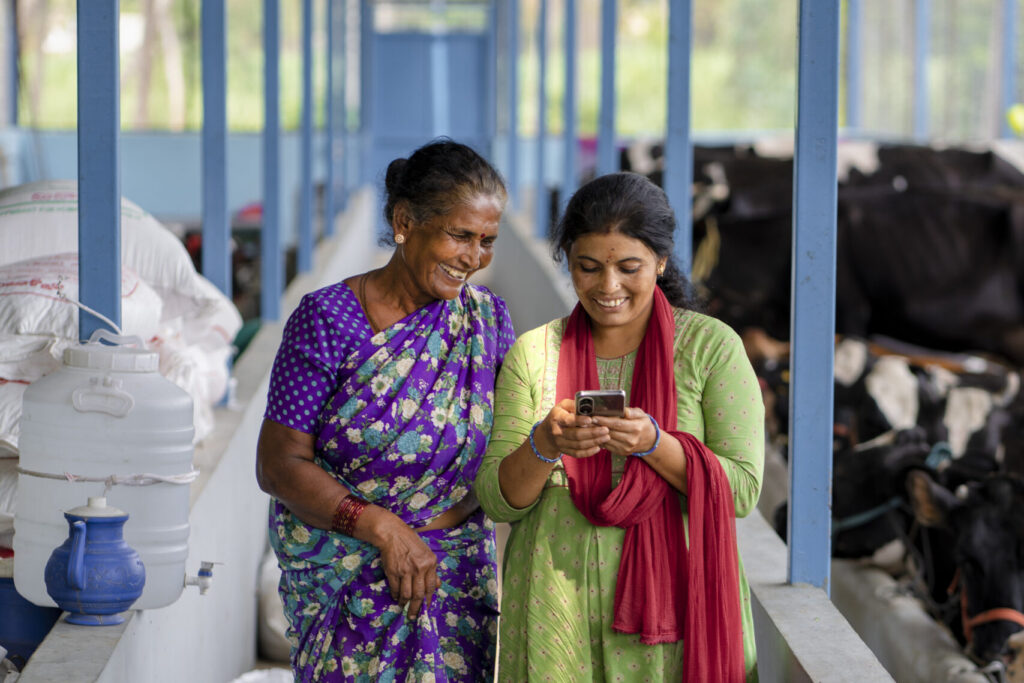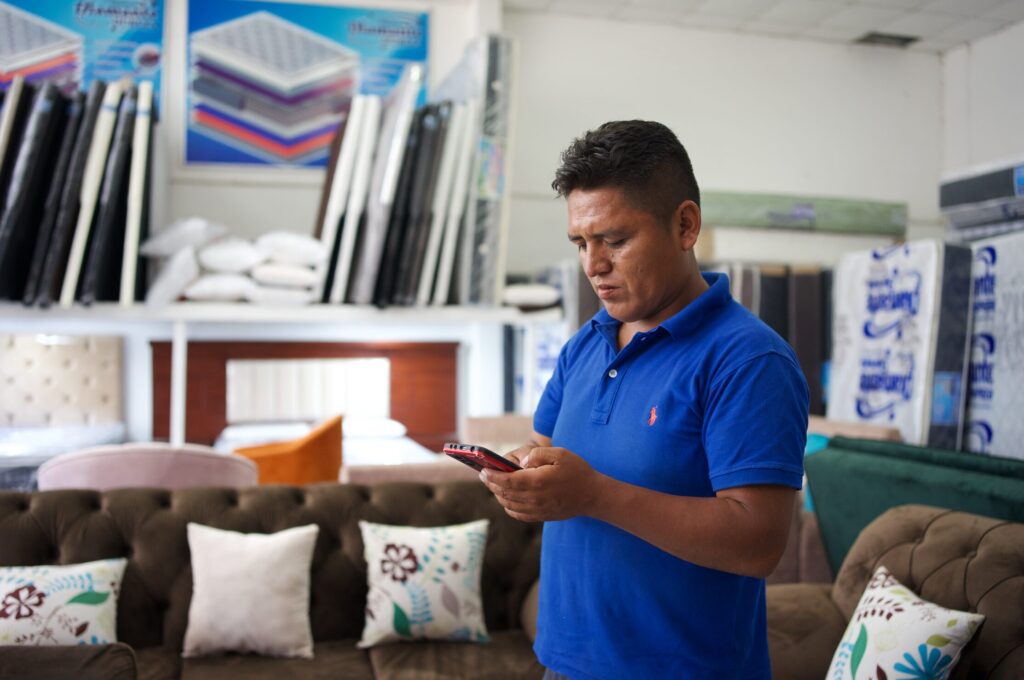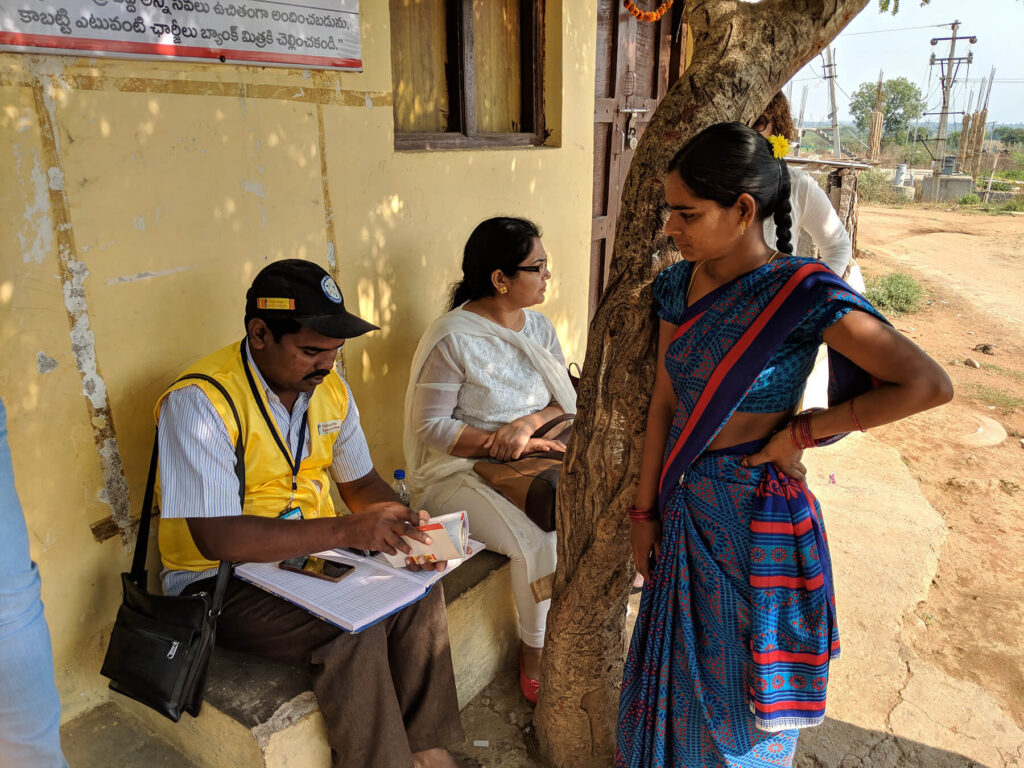
Cover photo: A loan officer from our partner Sub-K assists a client.
In 1889, George Eastman wanted to make photography accessible to everyone, which inspired him to invent rolled film and the first user-friendly camera called Kodak. He started the Eastman Kodak Company and created a culture that mirrored his own drive for creativity and innovation. In the early years, this emphasis on innovation led to risky ventures like investing in color film. Decades later, in 1977, an engineer came to the Kodak leadership team with another innovative idea — the digital camera. But the Kodak leadership team could not imagine a future where consumers preferred the immediate gratification of seeing a photo on a screen over having photos developed on paper and decided not to invest in the technology. As we now know, that was a mistake and digital cameras eventually took over the photography industry. While Kodak tried to reverse course by spending billions in technology, it never recovered its culture of innovation. As a result, Kodak filed for bankruptcy in 2012 and became a cautionary tale: it is not technology that makes an organization successful; it is the ability of the organization to continuously transform itself.
For over six decades, Accion has supported numerous financial service providers as they’ve transformed their organizations so that they can better meet the needs of the financially vulnerable people and businesses they serve. For organizations focused on improving the lives of low-income populations, adopting technology to digitally transform their business and services can feel risky. These digital transformations are complex and require investments in resources and time, a vision for the future, and behavior change.
To help organizations pinpoint the key areas of focus for driving successful and continuous transformation, Accion created an assessment tool for financial service providers to evaluate their people and culture capabilities. The diagnostic determines how prepared institutions are to undertake a digital transformation. It also offers practical steps for creating the work environment needed to succeed in a digital-first business landscape. The assessment focuses on the four areas that are crucial for any transformation:
- Values and culture. When there is a culture of trust, employees work collaboratively, keep each other accountable, focus on the customer, and take ownership of their work — all essential ingredients for a successful digital transformation. In this diagnostic, we evaluate the behaviors that support continuous learning, the value of openness, and experiential learning. We assess how employees’ actions align with their organization’s values and how the current environment supports innovation.
- Organizational design. An institution’s organization can determine its business model’s flexibility and if there is space to learn and grow. This diagnostic will assess how decisions are made within the organization and whether existing structures and teams are creating roadblocks or positioning the organization to pivot quickly.
- Talent. An organization’s workforce must have the right skill sets, behaviors, and mindsets to drive its evolution to the desired state. This diagnostic assesses how your organization is currently utilizing talent, cultivating an agile mindset, and providing opportunities for continuous learning and experimentation.
- Leadership. Leaders create the vision and set the tone for digital transformation within an organization. Good leadership should analyze data and take calculated risks, reward creativity in the face of an ever-changing market, and most importantly, obsess over the customer experience. In this diagnostic, we offer key recommendations for how your leadership can ensure the organization thrives through its digital transformation.
As Kodak’s leadership team learned, technology is solely an enabler for an adaptable business. The real keys to building a culture of innovation that will sustain disruption and constant change are an organization’s people and culture. To digitally transform, an organization must codify innovation into its DNA. For mission-driven organizations, a focused approach to creating an innovative culture is particularly crucial not only to create a sustainable business model, but also to ensure the businesses and people served are able to evolve and thrive through this digital era.
Take our people and culture assessment, also available in Spanish, to see where your organization is on its journey toward a culture of innovation.
This assessment was developed as part of an ambitious program with the Mastercard Center for Inclusive Growth to help millions of underserved microbusinesses successfully operate in — and benefit from — the digital economy.
